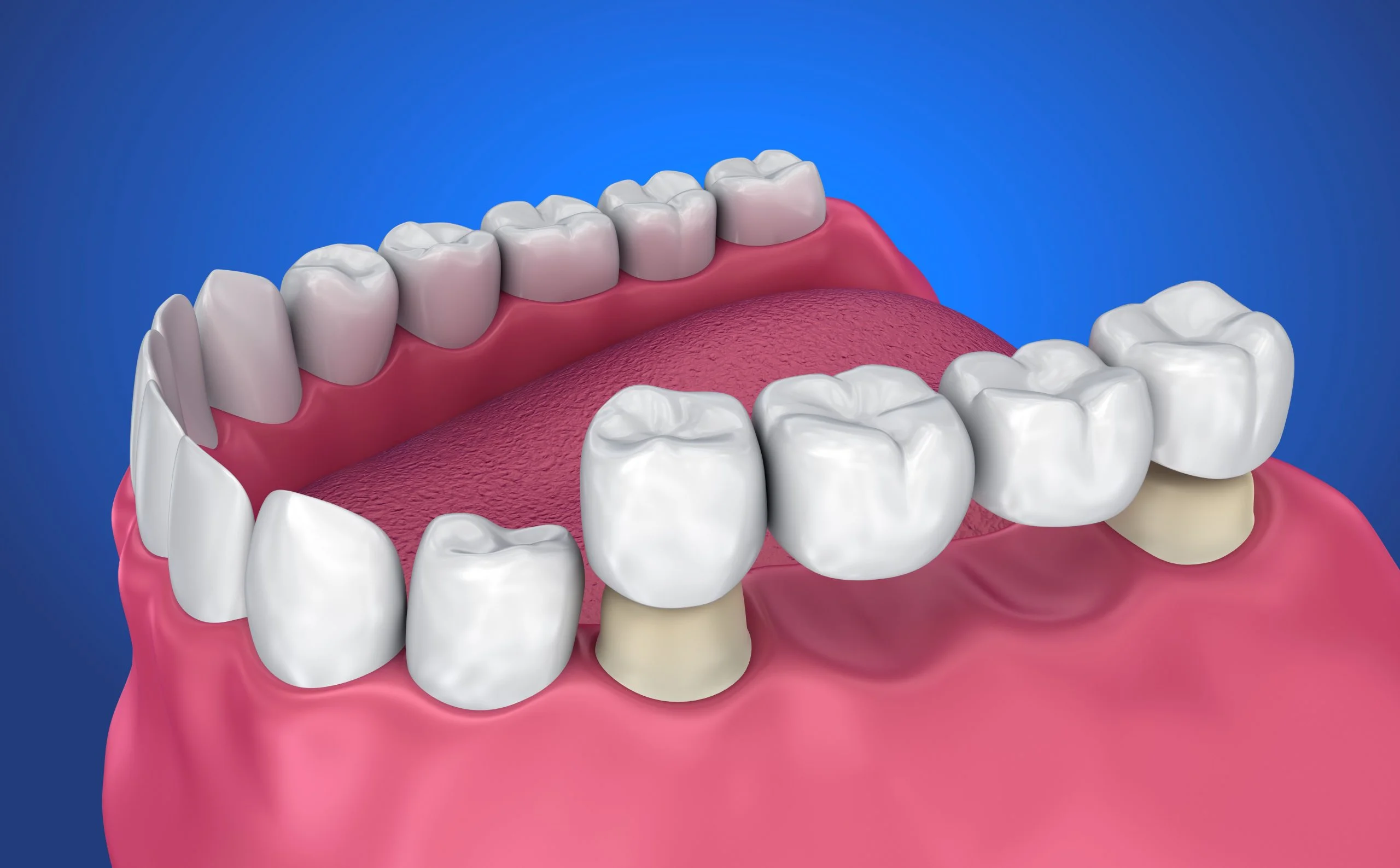When it comes to restoring missing teeth, fixed dental bridges offer a reliable solution that improves your smile and enhances your overall oral health. Fixed bridges are designed to replace one or more missing teeth. Consult Aliso Viejo general dentist to know the best option for you. Let’s delve into different types of fixed dental bridges.
Traditional Fixed Bridge
The traditional fixed bridge is the most common type, consisting of artificial teeth (pontics) held in place by dental crowns placed over the natural teeth on either side of the gap. This design ensures stability and functionality. Traditional bridges are ideal when the adjacent teeth are healthy and strong enough to support the crowns. However, some enamel removal from the supporting teeth is required to fit the crowns.
Cantilever Bridge
Cantilever bridges are a suitable option when there’s only one adjacent tooth next to the gap. Similar to the traditional bridge, a pontic is anchored in place using a dental crown. However, this type of bridge can place more stress on the supporting tooth, making it less suitable for areas with significant chewing forces.
Maryland (Resin-Bonded) Bridge
The Maryland bridge is a conservative alternative that doesn’t require significant enamel removal. Instead of crowns, metal or porcelain wings are bonded to the back of the adjacent teeth, supporting the pontic. While it’s a minimally invasive option, its strength may be limited, and it’s best suited for areas with less biting force.
Implant-Supported Bridge
This option is excellent for multiple missing teeth, as it doesn’t rely on neighboring teeth for support. Implant-supported bridges offer exceptional stability, durability, and functionality, closely mimicking natural teeth.
Determining the Right Bridge for You
Choosing the appropriate type of fixed dental bridge requires careful consideration of various factors:
- Oral Health: The condition of your surrounding teeth and gums plays a crucial role. If adjacent teeth are strong and healthy, traditional or cantilever bridges might be suitable. Implant-supported bridges are beneficial when neighboring teeth are compromised.
- Jawbone Health: Implant-supported bridges require adequate jawbone density and volume to ensure successful implant placement. A bone graft might be necessary if your bone structure is insufficient.
- Aesthetic Concerns: Different bridge types offer varying degrees of natural aesthetics. Maryland bridges and implant-supported bridges tend to provide a more seamless appearance.
- Chewing Function: If the missing teeth are in areas with high chewing forces, an implant-supported bridge is often the best choice due to its stability.
- Budget: Traditional and cantilever bridges are generally more cost-effective upfront. However, implant-supported bridges offer better long-term value due to their durability and reduced impact on adjacent teeth.
Fixed dental bridges offer a range of options to suit various dental situations, ensuring you can regain your smile and oral function effectively. Consulting with an experienced dentist is crucial to determine the most suitable bridge type for your unique needs.





